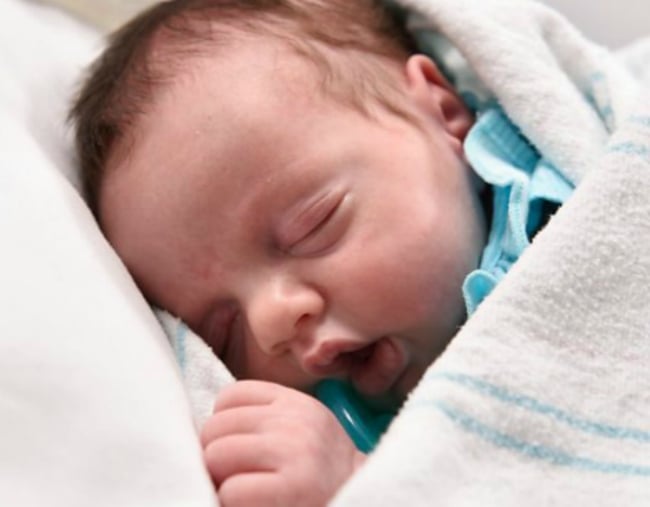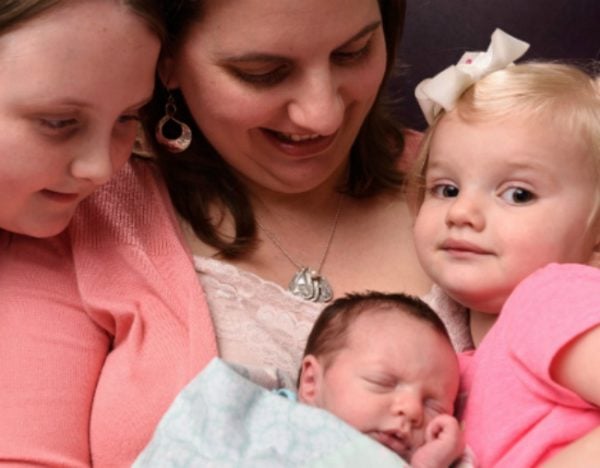
After a miscarriage, Margaret Hawkins Boemer was delighted to learn she was pregnant with twins. But the next nine months would be anything but easy.
Six weeks into her pregnancy, she was told she had lost one of the babies. Then during a scan at 16 weeks, her ultrasound technician went silent.
Her baby had a rare tumour on the base of her spine, called a sacrococcygeal teratoma, and it was growing. This meant blood was not reaching the baby, resulting in a high risk of heart failure.
“…In some instances, the tumour wins and the heart just can’t keep up and the heart goes into failure and the baby dies,” Dr. Darrell Cass, co-director of Texas Children’s Fetal Center, told CNN.
Boemer was initially told the best option was to terminate the pregnancy altogether, until another option entered discussion.
Texas Children’s Fetal Center offered an extremely risky alternative: To perform surgery on the baby in order to extract the tumour.
Only weeks earlier, Boemer and her husband had been excited to learn they were having a daughter – who they planned to call Lynlee, after both her grandmothers.
So, when Boemer was 23 weeks along, doctors commenced efforts to remove the mass, with a 50 per cent survival rate attached to the surgery.
“It was an easy decision for us: We wanted to give her life,” Boemer told CNN.
It took a team of over 20 doctors to perform the surgery. Incisions were made into Boemer’s uterus, and the lower half of Lynlee’s body was taken out, so the tumour could be removed.
Midway through the procedure, Lynlee’s heart stopped, but was restarted.
After 90 per cent of the tumour was removed, Boemer’s uterus was sealed – an incredibly tricky procedure, as doctors needed to ensure the uterus could continue to stretch throughout the pregnancy.





























































































